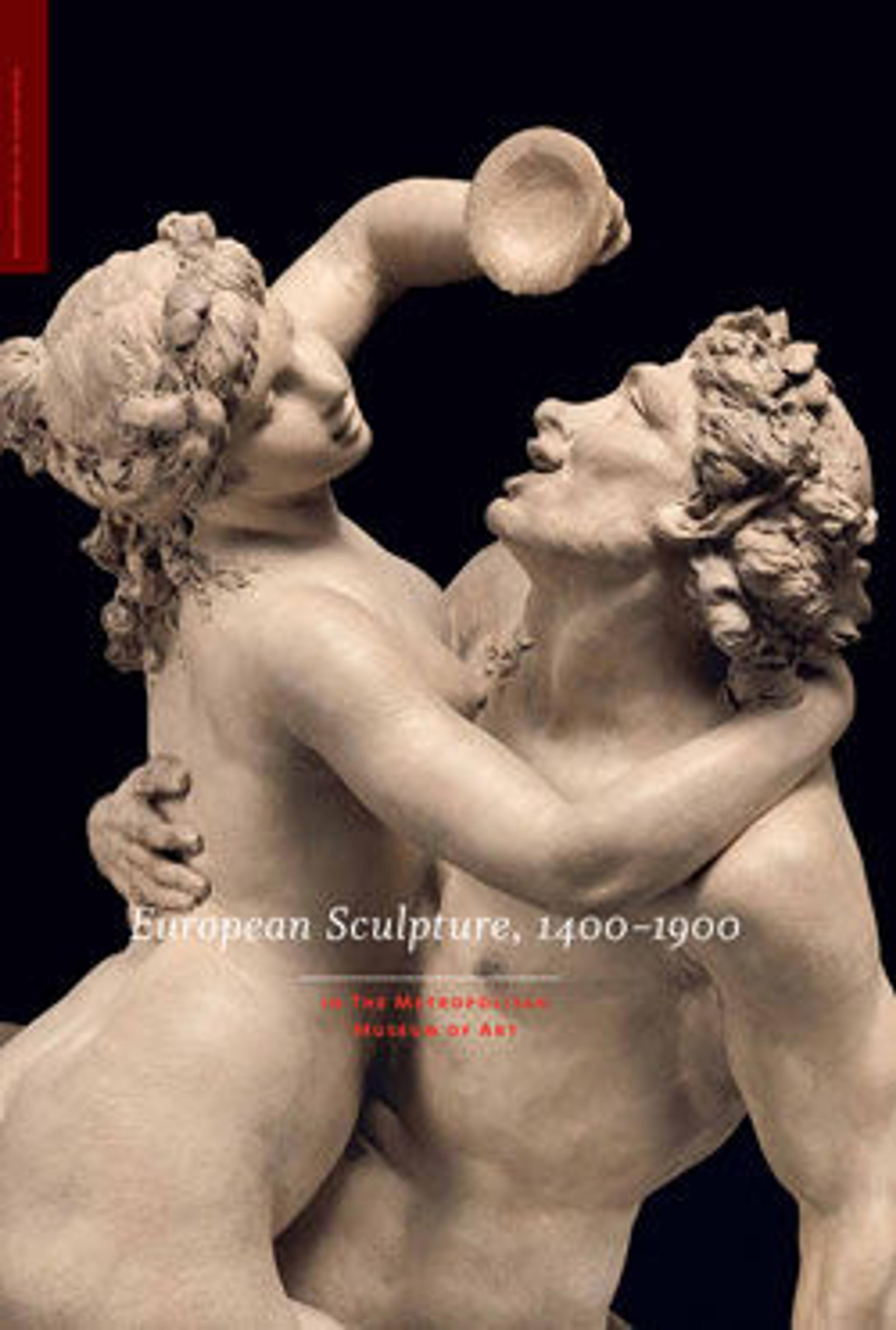Head of a Bearded Elder
The precise meaning of this bristling elder remains to be determined. Suggestions for his identity have ranged from Aristotle to Moses to a retired pugilist. The work fits within the French academic tradition of modeling heads to express various passions, but which could this belligerent character personify? Barely controlled rage, perhaps, but what does the mantle connote? The ancient marbles that are most like the head in conveying crossness and contempt represent philosophers of the Cynic school, but they do not wear mantles. In the end perhaps the main subject is the model himself, no doubt an Italian; during and after his study years in Italy (1752-56), Pajou drew and modeled similar types, aged but vigorous, hirsute and ornery. Our head, carried out with canny asymmetrical adjust- ments of the clay, is the most mesmeriz- ing of these exercises. Unrecorded until it was auctioned last year in Paris, it was totally unknown to the authors of the Museum's 1998 "Augustin Pajou" exhibition but will figure in next year's "Playing with Fire: European Terracotta Models, 1740 to 1840."
Artwork Details
- Title: Head of a Bearded Elder
- Artist: Augustin Pajou (French, Paris 1730–1809 Paris)
- Date: 1768
- Culture: French, probably Paris
- Medium: .1Terracotta on a bleu turquin marble socle
- Dimensions: without socle, confirmed: 14 1/4 × 12 1/8 × 9 1/2 in. (36.2 × 30.8 × 24.1 cm)
with socle, confirmed: 21 1/2 × 12 1/8 × 9 1/2 in., 43.1 lb. (54.6 × 30.8 × 24.1 cm, 19.6 kg) - Classification: Sculpture
- Credit Line: Purchase, Lila Acheson Wallace Gift, 2003
- Object Number: 2003.25
- Curatorial Department: European Sculpture and Decorative Arts
More Artwork
Research Resources
The Met provides unparalleled resources for research and welcomes an international community of students and scholars. The Met's Open Access API is where creators and researchers can connect to the The Met collection. Open Access data and public domain images are available for unrestricted commercial and noncommercial use without permission or fee.
To request images under copyright and other restrictions, please use this Image Request form.
Feedback
We continue to research and examine historical and cultural context for objects in The Met collection. If you have comments or questions about this object record, please contact us using the form below. The Museum looks forward to receiving your comments.
